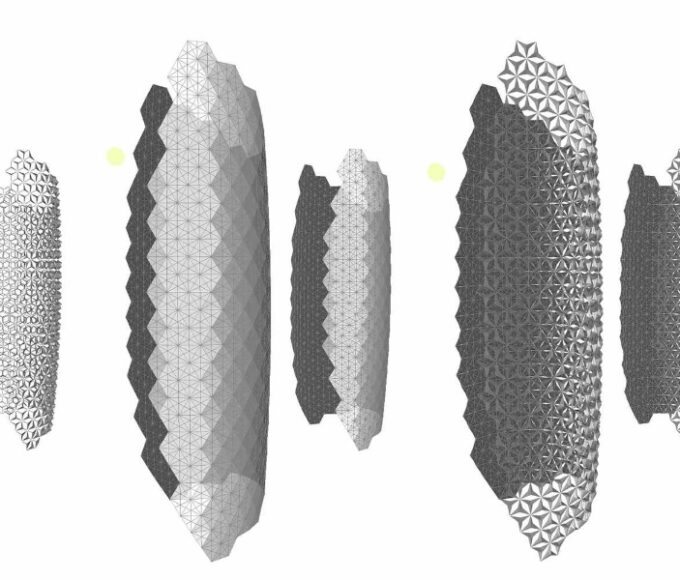On September 26, 2025, significant news emerged from the international architecture sector — Finland’s renowned local architectural firm, JKMM Architects, stood out in the international design competition for Finland’s New Architecture and Design Museum, with its design successfully emerging from 624 anonymous entries worldwide. This highly anticipated museum is planned to be located in the historic South Harbor area of Helsinki. Once completed, it will become an iconic waterfront cultural landmark along the Baltic Sea and a core project in the Helsinki Municipal Government’s strategy to revitalize the port and create cultural public spaces.
Location and Function: Connecting History and the Future
The new museum is situated on a vacant dock plot in Helsinki’s South Harbor, a highly iconic location at the intersection of the city’s historic center and waterfront scenery. It is surrounded by numerous well-known landmarks, including the “Sugar Cube” building designed by Alvar Aalto, Helsinki’s Orthodox and Lutheran cathedrals, and a scenic coastal park, where cultural heritage and natural landscapes blend deeply.
According to the design plan, the museum will cover a total construction area of 10,050 square meters, with a functional layout that balances exhibition, education, and public interaction. The interior of the building will feature professional exhibition halls, a design library, and supporting open public terraces, creating a flexible and inclusive civic activity center. The museum plans to integrate resources from two major Finnish design institutions and house over 900,000 design artifacts. These include items, letters, models, and photos from Finnish design masters such as Aino Aalto, Alvar Aalto, Eero Aarnio, Maija Isola, Eliel Saarinen, and Eero Saarinen. Additionally, it will host thematic exhibitions exploring the role of design in addressing major global challenges of our time. Furthermore, the museum will regularly organize touring exhibitions, educational workshops, and participatory projects, enabling different social groups to access and master design skills, thereby truly realizing the public value of design.

Design Highlights: Recycled Materials and Climate-Smart Solutions
The key reasons behind JKMM Architects’ winning design among numerous entries lie in its innovative use of recycled materials, the creation of urban public spaces, and the balance between monumentality and approachability — all of which align with the current architecture new trend. In the design, recycled bricks are integrated into the building’s exterior and interior spaces in a sculptural manner. This not only reduces the environmental impact of construction waste but also endows the building with a unique historical texture and warmth, allowing this modern museum to blend naturally with the style of Helsinki’s historic urban area. Meanwhile, the design of the building’s robust urban terraces further strengthens the connection between the museum, the surrounding urban spaces, and the waterfront scenery, transforming the building from an isolated structure into a public platform for citizens and tourists to relax, communicate, and enjoy the view.
Sustainability is a key requirement in the competition guidelines, and JKMM’s design excels particularly in this aspect. The plan incorporates a range of climate-smart solutions, from building energy management and the use of natural lighting to rainwater recycling systems, all aimed at reducing the building’s environmental carbon footprint. Moreover, during the development of the design, the team not only conducted thorough pedestrian flow analysis to ensure efficient and safe use of the building but also collected opinions from user groups through public seminars. This ensures the final design is more in line with actual usage needs and possesses stronger ecological and social responsiveness. The jury commented that the design demonstrates the potential to serve as a model for future museum buildings that are both resilient and socially inclusive. It will become a benchmark for sustainable and inclusive design, highlighting Finland’s reputation in the global field of outstanding design and adding a new municipal landmark on the edge of the Baltic Sea to Helsinki.
It is reported that the construction of Finland’s New Architecture and Design Museum is expected to officially start in 2027 and be completed and opened by the end of 2030. By then, this modern museum integrating cultural display, public interaction, and educational promotion will inject new vitality into Helsinki’s urban cultural life and serve as a new model for the sustainable and public-oriented development of the global architecture and design sector.











